
Nearly Intact 1,500-Year-Old Mosaic Unearthed in Ancient City of Dara, Türkiye
Archaeologists working in the ancient city of Dara, located in Türkiye’s southeastern province of Mardin, have uncovered a remarkably well-preserved 1,500-year-old mosaic floor. The discovery, made in a former Roman residential area, is being hailed as one of the most significant finds in recent years.
The excavation is part of the Turkish Ministry of Culture and Tourism’s “Heritage for the Future” project, which aims to preserve and promote the region’s rich historical legacy. The newly found mosaic features wave and drop-shaped motifs, along with geometric patterns, spanning nearly 50 square meters in size.
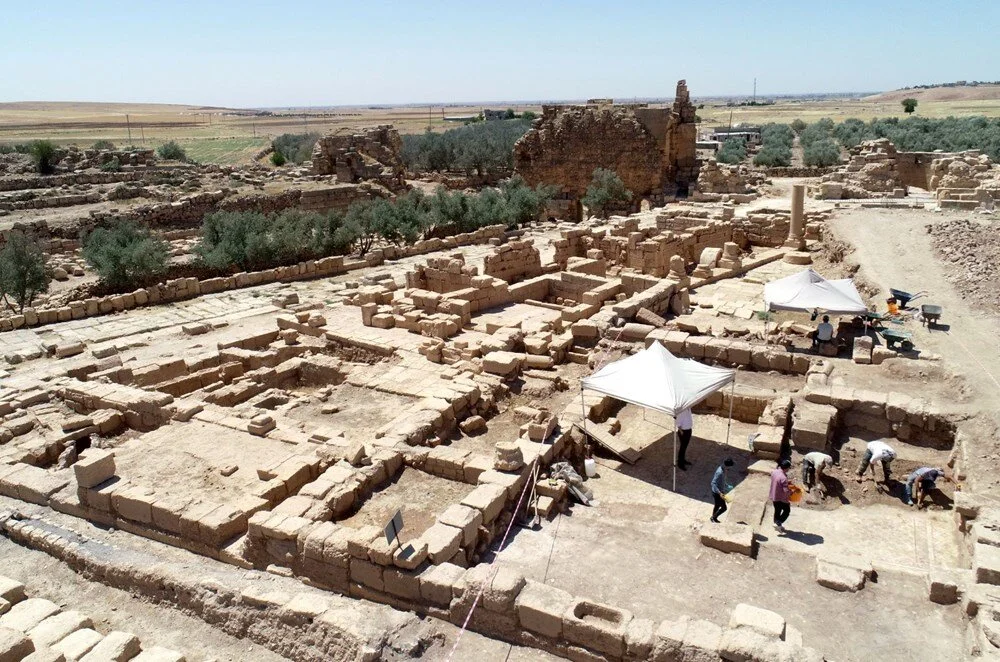
A Window Into Roman Daily Life
The mosaic was discovered in a structure believed to be a private residence adjacent to ancient Roman shops and workshops in the agora (marketplace) area of Dara. Experts believe the decorative floor once adorned the home of a wealthy merchant or official during the Eastern Roman (Byzantine) period.
“We found the mosaic almost completely intact. It’s a stunning example of ancient craftsmanship that has survived for over 15 centuries,” said Ayhan Gök, Mardin’s Provincial Director of Culture and Tourism. “This is a remarkable discovery not just for us, but for the cultural heritage of the world.”
Dating Back to the Time of Emperor Justinian I
Archaeologists working under the direction of Dr. Devrim Hasan Menteşe identified a coin embedded in the site, dated to the reign of Justinian I (AD 527–565), allowing them to confidently date the mosaic to the mid-6th century.
📣 Our WhatsApp channel is now LIVE! Stay up-to-date with the latest news and updates, just click here to follow us on WhatsApp and never miss a thing!!
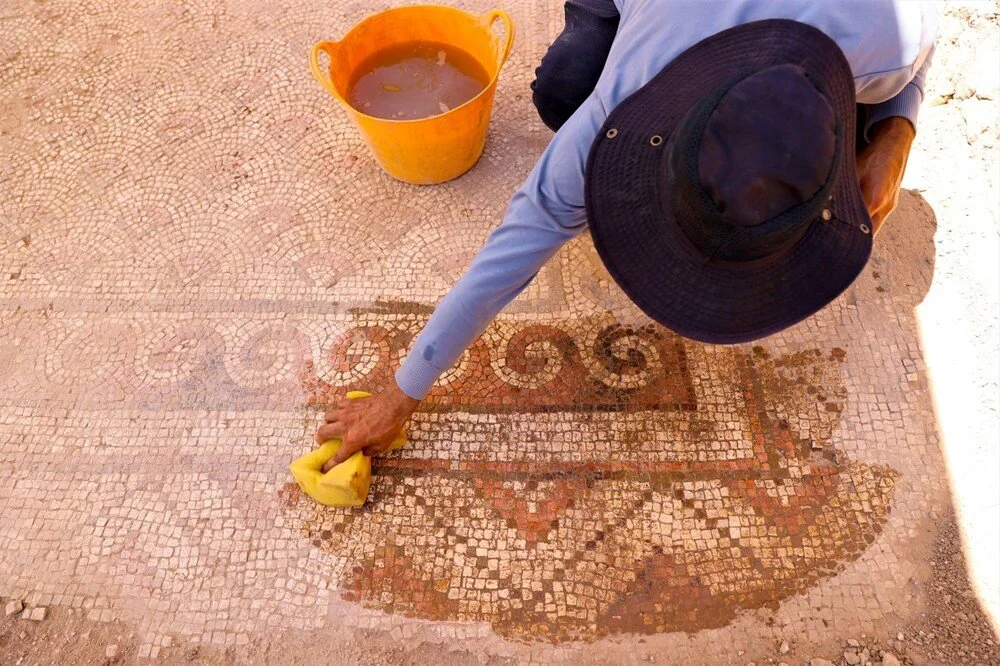
The team has been excavating the agora area for the past five years, revealing dozens of ancient Roman shops, workshops, and a complex water system. Many of these spaces show signs of mosaic flooring, but none as complete or elaborate as the recently uncovered piece.
“We’ve uncovered mosaics before, but this is the first time we’ve found such a large, continuous example in this area,” Dr. Menteşe explained. “Its scale and preservation are extraordinary.”
Dara: A Forgotten Center of Trade and Faith in Mesopotamia
Founded by the Eastern Roman Empire as a strategic border fortress against the Sassanids, Dara evolved into a major commercial and religious hub in northern Mesopotamia. The city once housed over 25,000 soldiers and served as a crossroads for traders and pilgrims alike.
Archaeological findings—including religious inscriptions and luxury items—suggest Dara was not only a military stronghold, but also a spiritual destination for early Christian pilgrims.
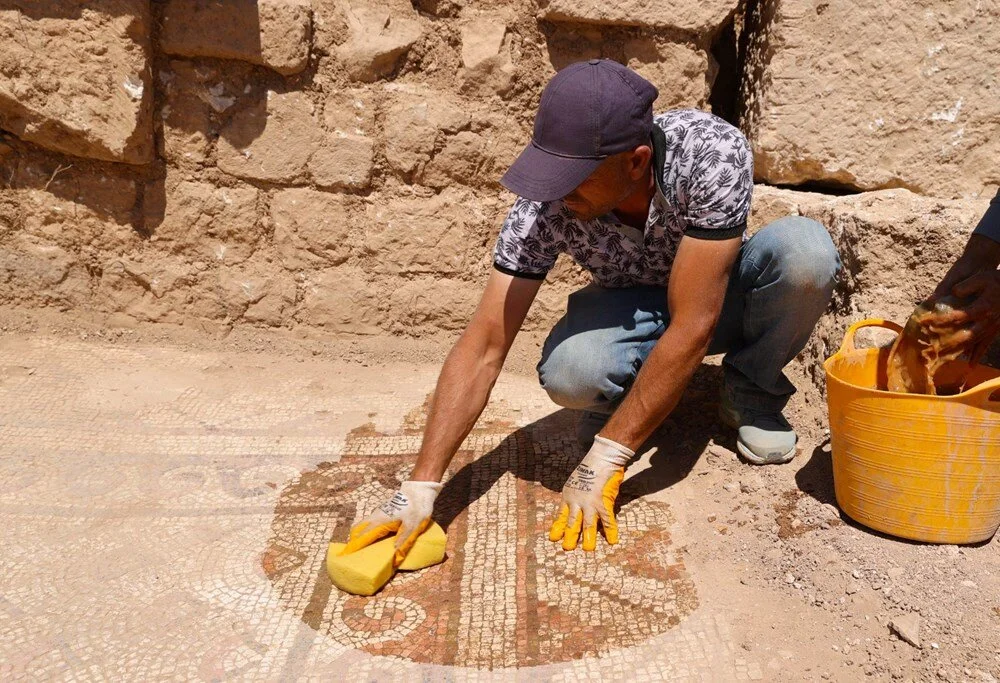
A New Cultural Attraction for Visitors
The mosaic will be carefully extracted and preserved as a standalone display. Authorities aim to open the site to tourists, adding a new highlight to Mardin’s growing list of historical attractions.
“Each discovery here deepens our understanding of the ancient world and brings us closer to the people who lived here,” Gök said. “We believe many more secrets still lie beneath the surface.”
You may also like
- A 1700-year-old statue of Pan unearthed during the excavations at Polyeuktos in İstanbul
- The granary was found in the ancient city of Sebaste, founded by the first Roman emperor Augustus
- Donalar Kale Kapı Rock Tomb or Donalar Rock Tomb
- Theater emerges as works continue in ancient city of Perinthos
- Urartian King Argishti’s bronze shield revealed the name of an unknown country
- The religious center of Lycia, the ancient city of Letoon
- Who were the Luwians?
- A new study brings a fresh perspective on the Anatolian origin of the Indo-European languages
- Perhaps the oldest thermal treatment center in the world, which has been in continuous use for 2000 years -Basilica Therma Roman Bath or King’s Daughter-
- The largest synagogue of the ancient world, located in the ancient city of Sardis, is being restored

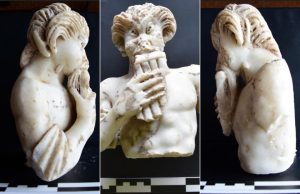
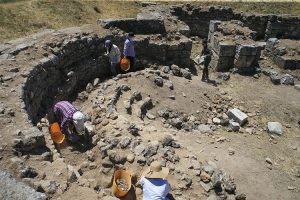
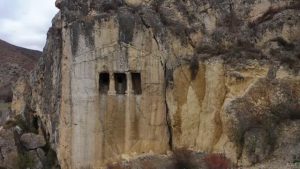
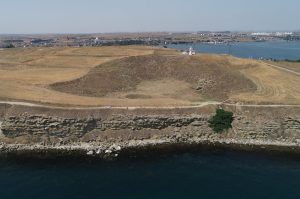
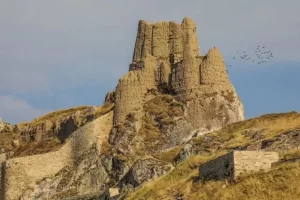
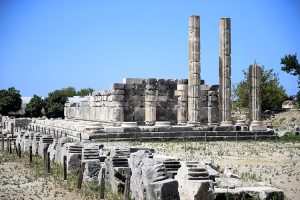


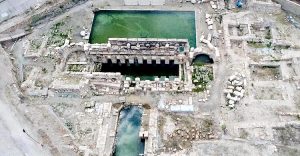
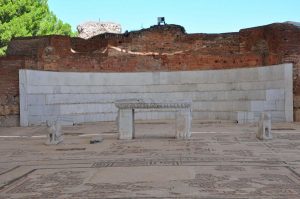
Leave a Reply